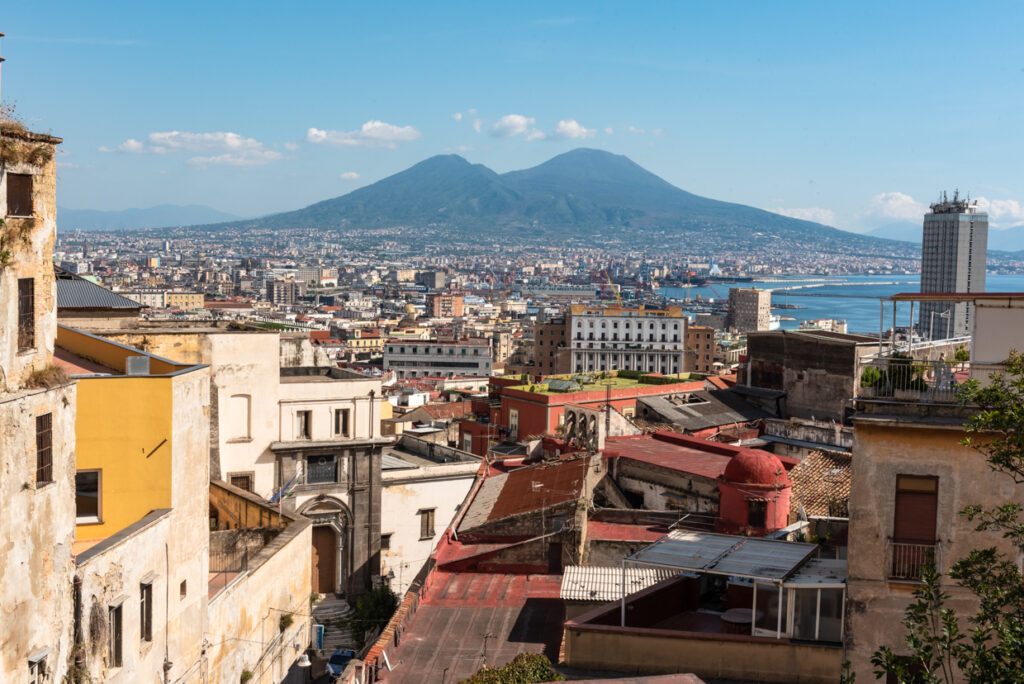
PARTHENOPE
Legend has it, that the South Italian city of Naples, built so precariously close to the furious volcano Vesuvio, stands where once the dead body of the Siren Parthenope had been washed ashore. Lovesick, the sweet-voiced maiden had drowned herself in the waves. In Naples, not even the Sirenes are immortal.
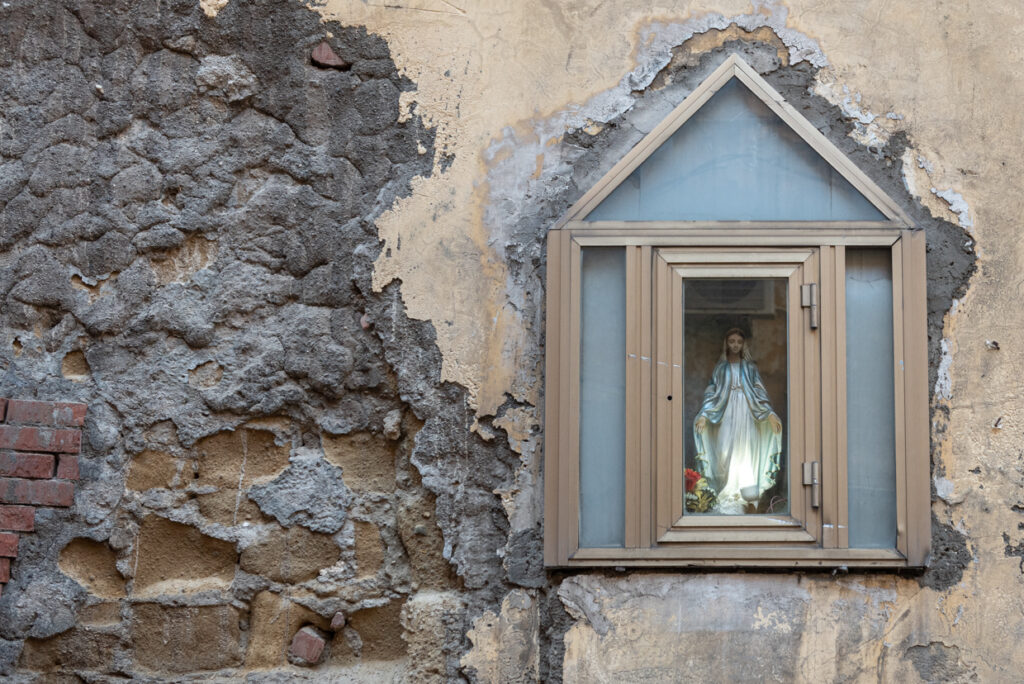
MARIA CAROLINA
The teenage princess was appalled. At the court of Vienna, Maria Carolina, second youngest daughter of the empress of Austria, had been educated in contemporary erudition. She spoke five languages. She knew how to dance, to fence, to ride and act with confidence. But now her mother Maria Theresia, the matriarch who led both her empire and her family with an iron fist, wed her off to Ferdinand, King of Naples.
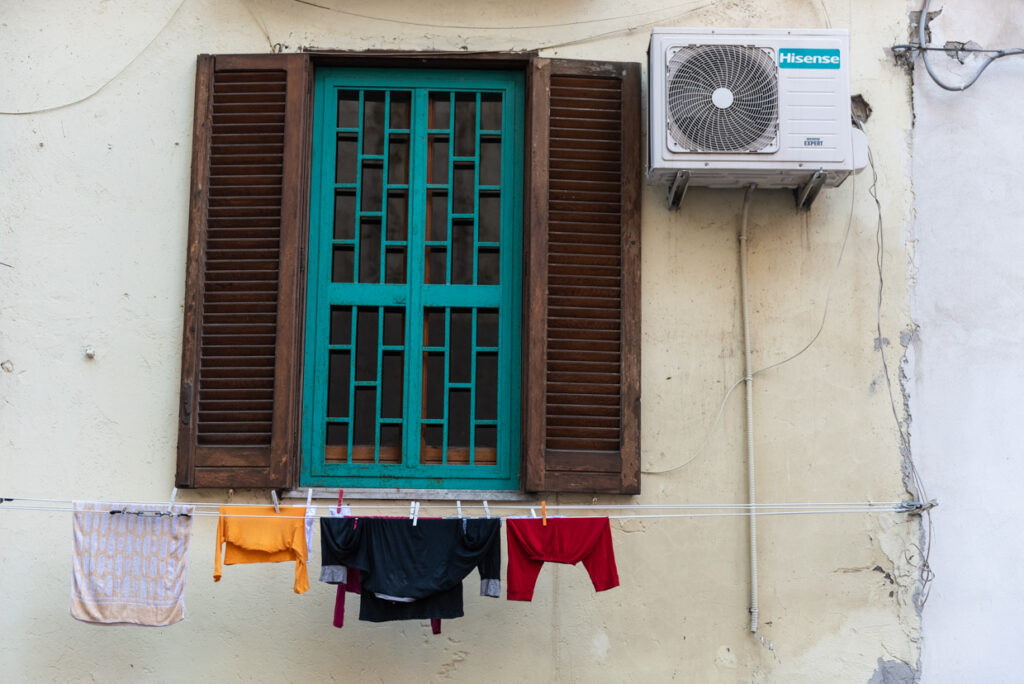
Everybody knew that King Ferdinand of Naples was an illiterate fool. The only language he mastered was Neapolitan, the language of the street. He was dubbed the Re Lazzarone, the king of the mob. On top he was ugly. He had no manners. He liked to kill fenced animals and call it hunting. He grabbed his concubines by their private parts. He shat where he ate.
Maria Carolina begged her mother to let her stay in Vienna. She cried. She screamed. She held on to her favorite sister, Maria Antonia. In vain. The empress was adamant. Off she sent her daughter to the Mediterranean Sea.

King Ferdinand had ascended the thrown at the age of eight, and the decision to keep him uneducated was a political one. His father, King Carlos of Spain, didn’t want him to be a strong leader, but rather a compliant place holder. The state business was run behind closed doors by a council reporting to the Spanish court – a council that dutifully taxed Italian lands to finance the Spanish wars. An innocuous sixteen-year old virgin from Vienna was deemed the perfect queen for this kingdom at the outskirts of Europe.
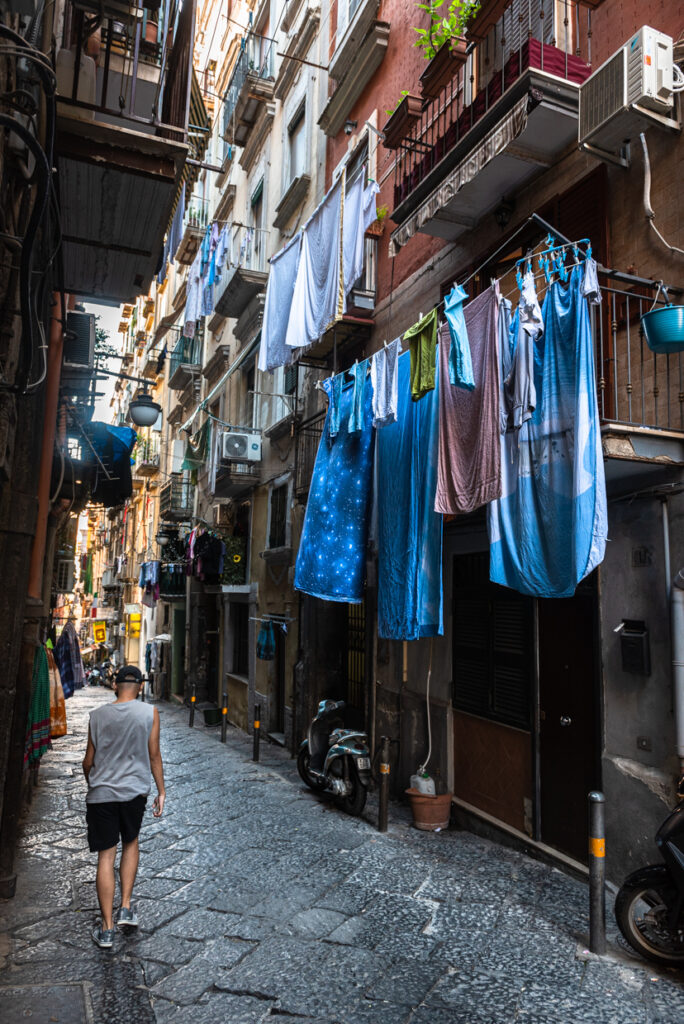
The immediate consumption of her marriage upon her arrival in Naples was probably the most painful, but not the only shock Maria Carolina had to endure. The Southern sun was scorching and the Royal Spanish etiquette as stiffling and serious as the cobble-stoned city was noisy and chaotic. On top, Maria Carolina discovered that the kingdom was rundown, held in a tight grip by organized crime, by a corrupt clergy and a decadent aristocracy. The treasury was nearly depleted. The military was at the brink of collapse. Diseases ravaged through the filthy streets and the poor were starving. To her husband their misery was entertainment. In front of the Royal Palace he had a scaffolding erected, decorated with live animals and food, the so called Albero della Cugagna. From his window he rejoiced at the sight of the poor fighting each other to the blood, often killing each other over a pig, a hen or a loaf of bread. The young Queen was appalled. But not disheartened, she was after all a trained queen.
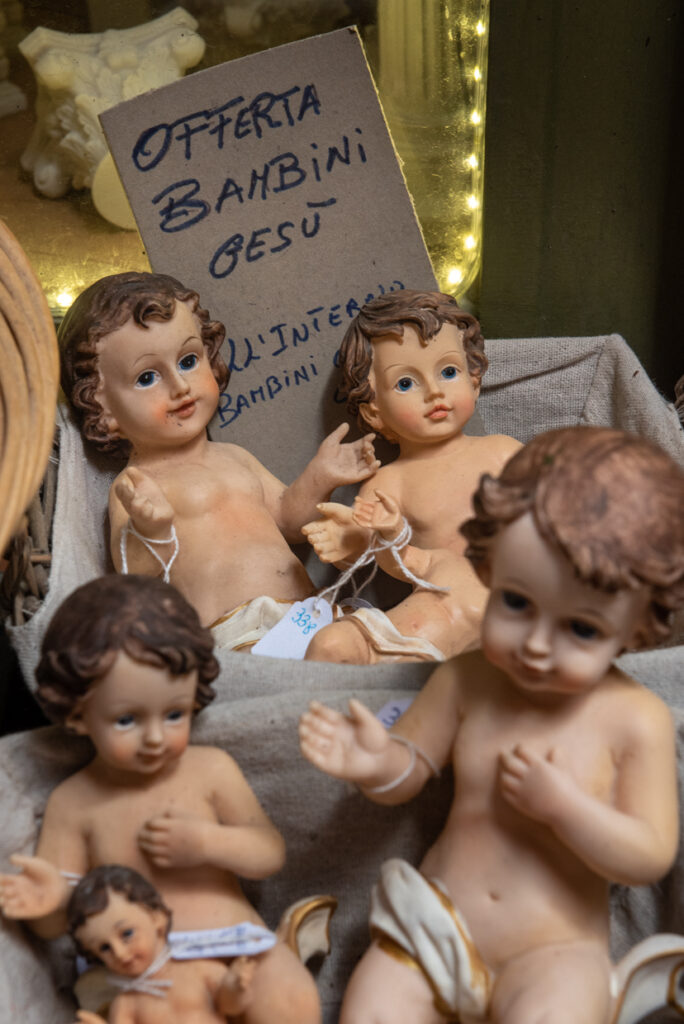
Maria Carolina dutifully bore heirs to the king (18 in the 20 years to come), the first son Francesco opening her the doors to the council. She taught her husband to read and write. She established charitable institutions for the impoverished. She championed the arts. She planned workers’ residencies. Soon, Maria Carolina took over the reins of the kingdom and proved herself a capable politician and a strong-willed leader.
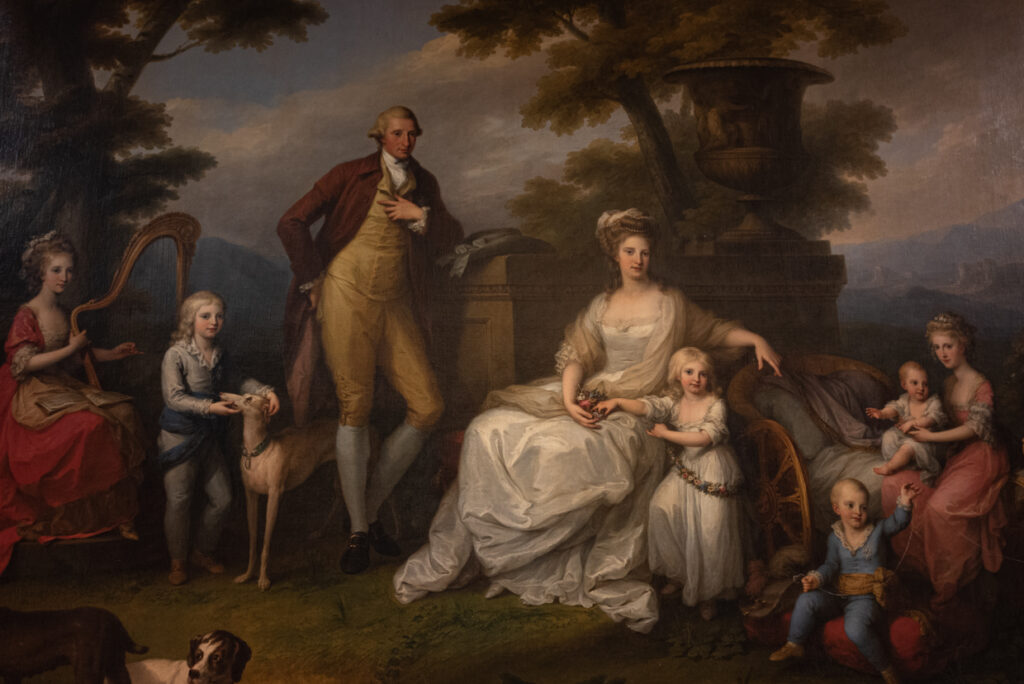
ELEONORA
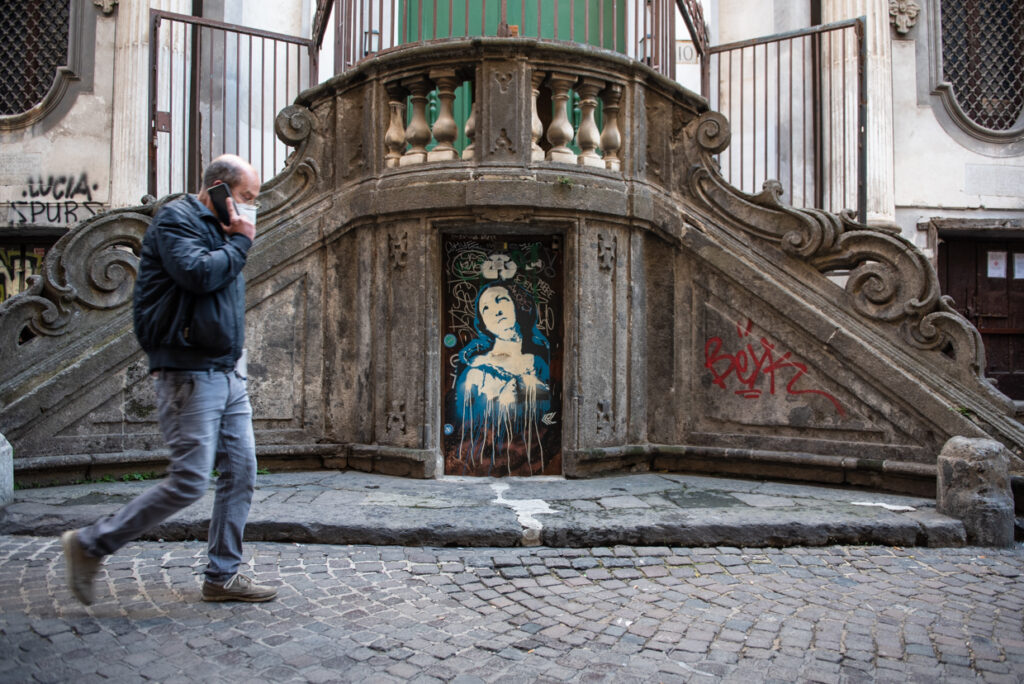
At sixteen, Eleonora Fonseca Pimentel spoke five languages plus Latin and Old Greek. The extra-ordinarily intelligent young women, a daughter of Portuguese immigrants, had published poetry that afforded her the position of head librarian to the Queen of Napples, Maria Carolina, and opened her the doors to freemason societies and the intellectual circles of Naples: the highly acclaimed Accademia dei Filateli and the Arcadia.
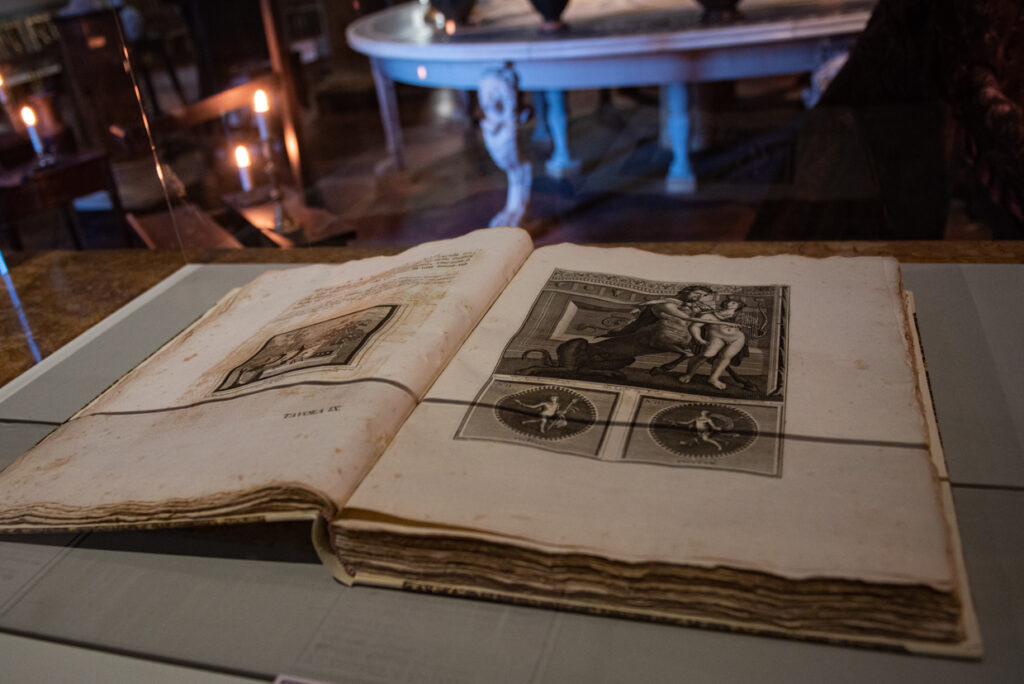
Throughout history, Naples had been a center of education and art. The famous Opera house Teatro San Carlo had opened its doors in 1735 (and never closed them again). Artists like Caravaggio and Bernini, musicians like Pergolesi and Scarlatti had found a home in the bustling cobble-stoned streets. In the 13th century already, a university had been founded, and scientists and scholars taught at numerous Academias. Now, in the late 18th century, the intellectuals of Naples reflected on the writings of Voltaire. Eleonora, who corresponded with various intellectuals, was inflamed by the ideas of the Enlightenment, and Voltaire by her. “The nightingale of beautiful Italy” he called her.
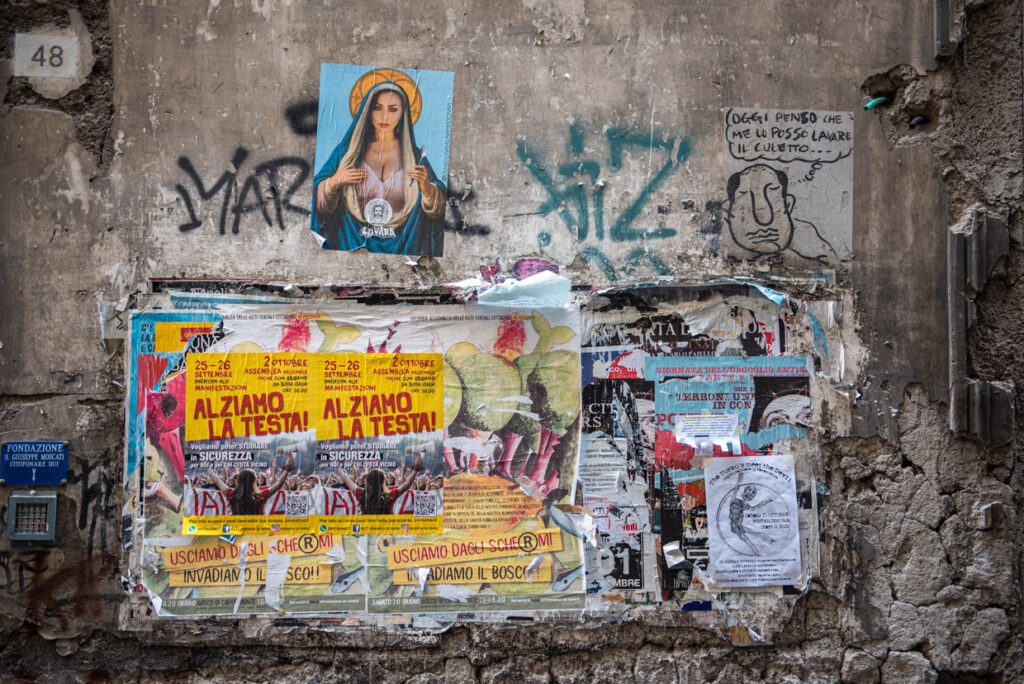
Eleonora had escaped a brutal husband, whose domestic violence also resulted in the death of her infant son Francesco. Now she searched to end the outrageous inequality in the kingdom of Naples. Eleonora engaged in social reformatory projects to improve the living conditions of the lazzaroni, the lower class.
The lazzaroni themselves however, were strongly opposed to these new ideas of equality and fraternity. They were profoundly catholic and superstitious. To science they preferred the miracles in their sparkling golden churches. To reformatory ideas they preferred the gruesome Albero dell Cuccagna. They adored their King, who lived unrestrained by political correctness or etiquette. The lazzari were in fact royalists.
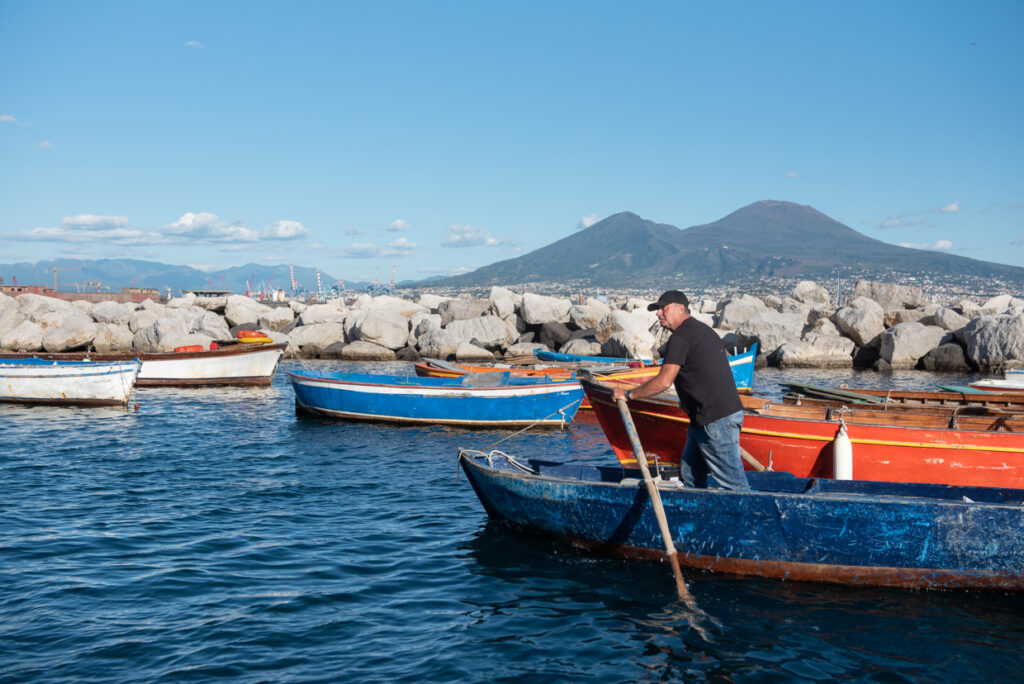
In her Royal Palace, which had underground tunnels to various places in the city, Queen Maria Carolina secretly approved and even collaborated with the intellectuals of the Academia, she too was with the freemasons. She too wanted reforms. But then the unspeakable happened.
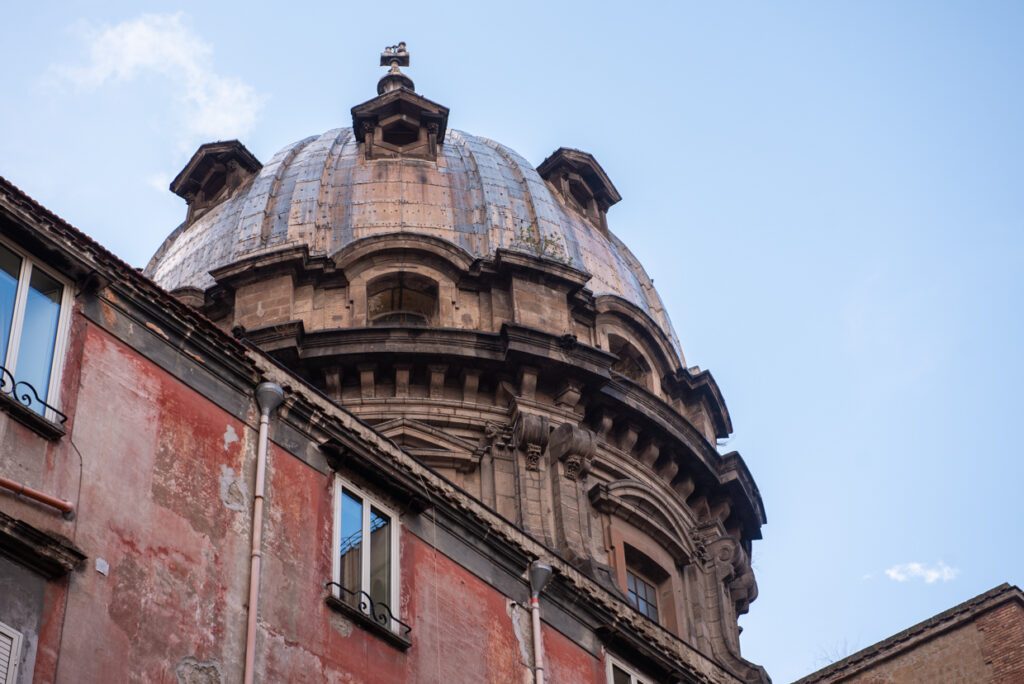
In Paris, the Jacobins had put her sister Maria Antonia, now called Marie Antoinette, on the guillotine. Maria Carolina was heartbroken over her sister’s death, whom she had never seen again after she left Vienna. She vowed to revenge her death. But Paris was far away, and so the Academia became her enemy.
Eleonora was thrown into jail and Maria Carolina turned into an ardent counter-revolutionary. She, who had favoured the arts and the freemasons before, now turned Naples into a police state, mobilized the army, set up a tight spy system. On the verge of paranoia, she employed food testers and slept in a different royal apartment each night. Then things got worse.
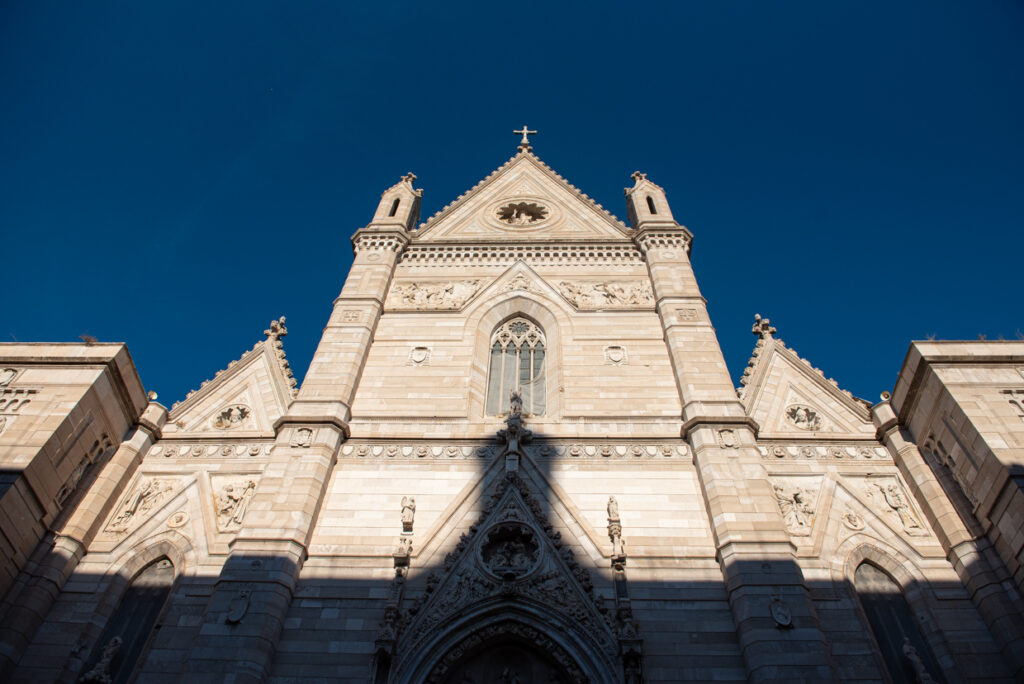
In 1798, on his conquering spree, Napoleon Bonaparte himself appeared in the gulf of Naples and it was thanks to Maria Carolina’s long relations with England, that the legendary Admiral Horatio Nelson came to her rescue. The liaison between the captain, his young lover Lady Hamilton and the Queen led to racy rumours – where the Admiral and the Queen lovers? Or the Queen and the young beautiful Lady Hamilton? Or were the three engaged in a ménage à trois? – These rumors were of course set into the world by the French, who, reckoning that it was Maria Carolina who ran the kingdom, and not her husband, tried to ruin her popularity with the people. True or not, the badmouthing failed. If anything, the people were entertained by the royal scandals.
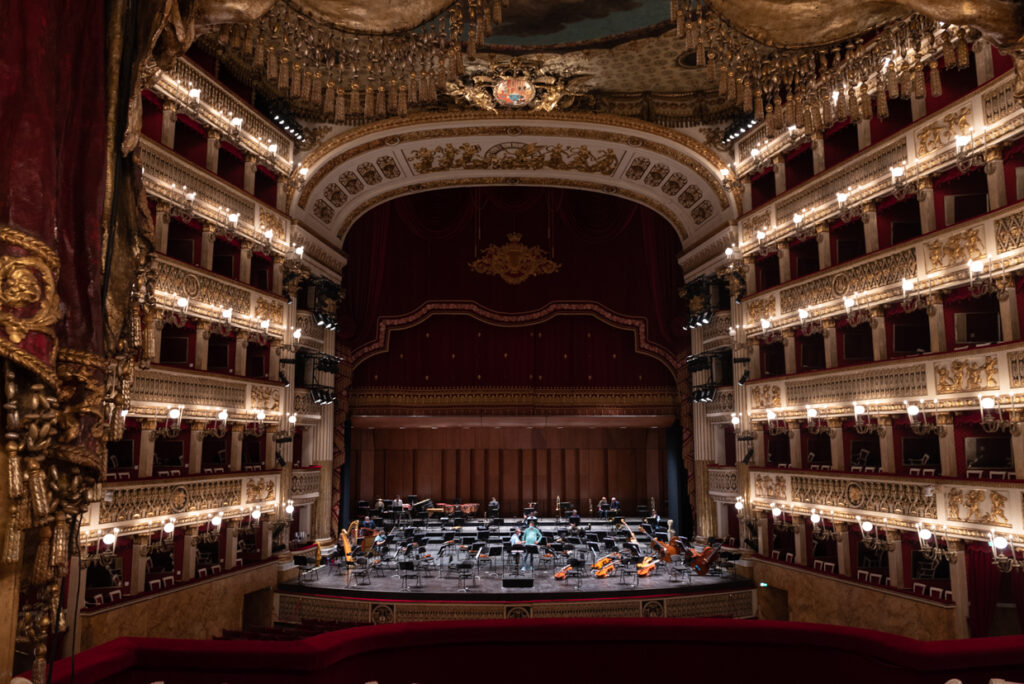
Eventually though, Admiral Nelson had other wars to tend to. He and Lady Hamilton left Naples, and without her protectors Maria Carolina, had to flee Naples. Too strong was the hate between the French and the Austrian Queen of Naples, to great the fear of the guillotine. The Royal couple escaped through one of their secret underground tunnels to the harbor and boarded a ship to Sicily. Whatever was left in the treasury, they took with them.
The King and Queen had deserted their people, but still the lazzaroni stood with them. The mob had assembled in front of the Royal Palace, demanding arms to fight the French themselves. But there were no arms for them, and so their hate against the Jacobins and the Enlightenment was their only weapon in the uneven battle against the French army. The bloody street fights left the lazzaroni dead by the thousands, and it took the French two days to declare victory.
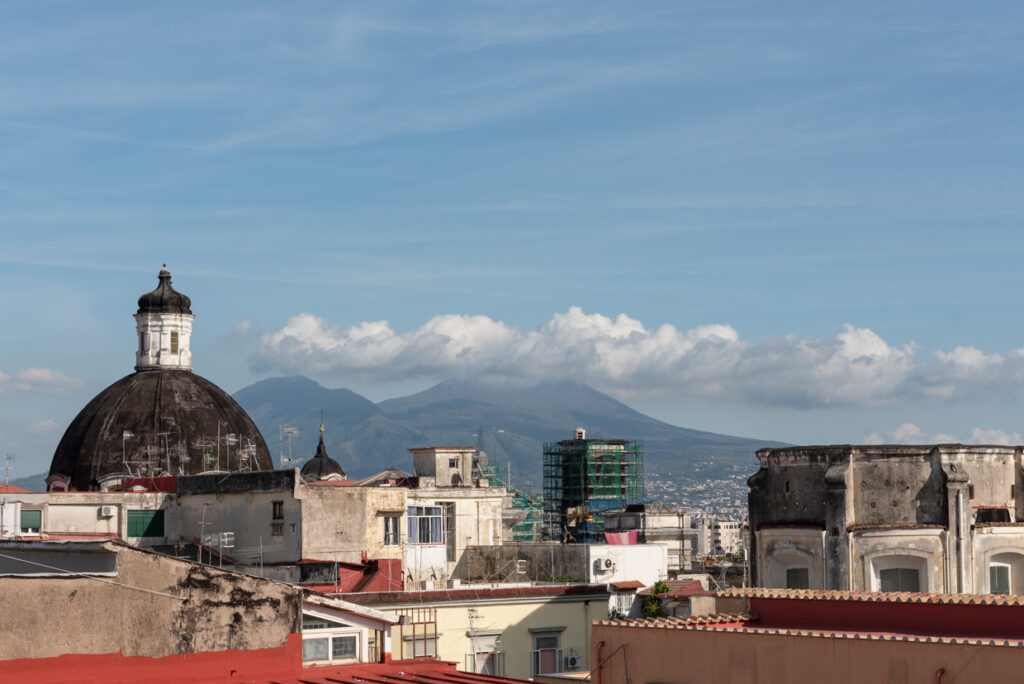
Appalled and frightened by the bloodshed around her, Eleonora and the Academia had sought refuge in the Castel San Elmo, on top of the hill overlooking Naples. Now that the battle was over and the French successful, they announced the end of the monarchy and on January 21, 1799 they declared the Repubblica Parthenopea, a Republic modelled after the French République, named after the luckless Siren.
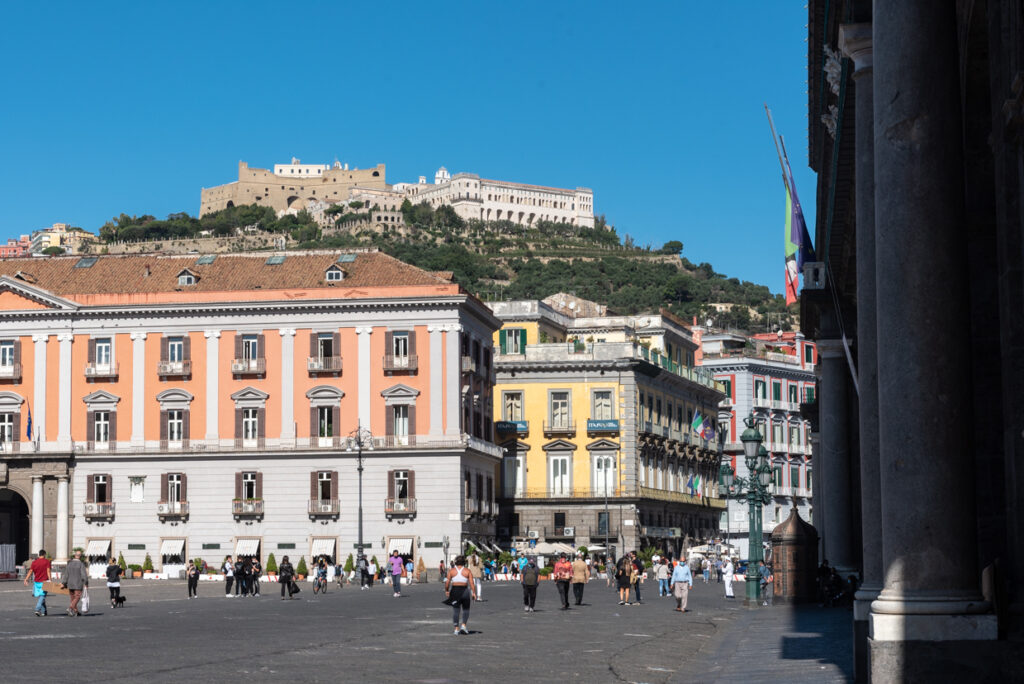
Eleonora believed in education. She was convinced that with some help, the lazzaroni, who had impressed her in their faith and determination, could achieve a higher cultural level. In the Monitore Napolitano, the Republican newspaper she published on her own, she appealed to the courage of all: Because freedom cannot be loved in half… and cannot produce its effects until everyone is free. She searched for conciliation between the Republicans and the Royalists. Their catholicism, their rituals, believes and even their superstition should not be ignored, she wrote. In vain. She disapproved of the radicalism of their French Sister Republic, who was now demanding taxes from her Italian sister Republic, very much like the Spanish had done before. Already Eleonora had second thoughts about the Revolution and the Repubblica Partenopea. But soon her mind was changed again.
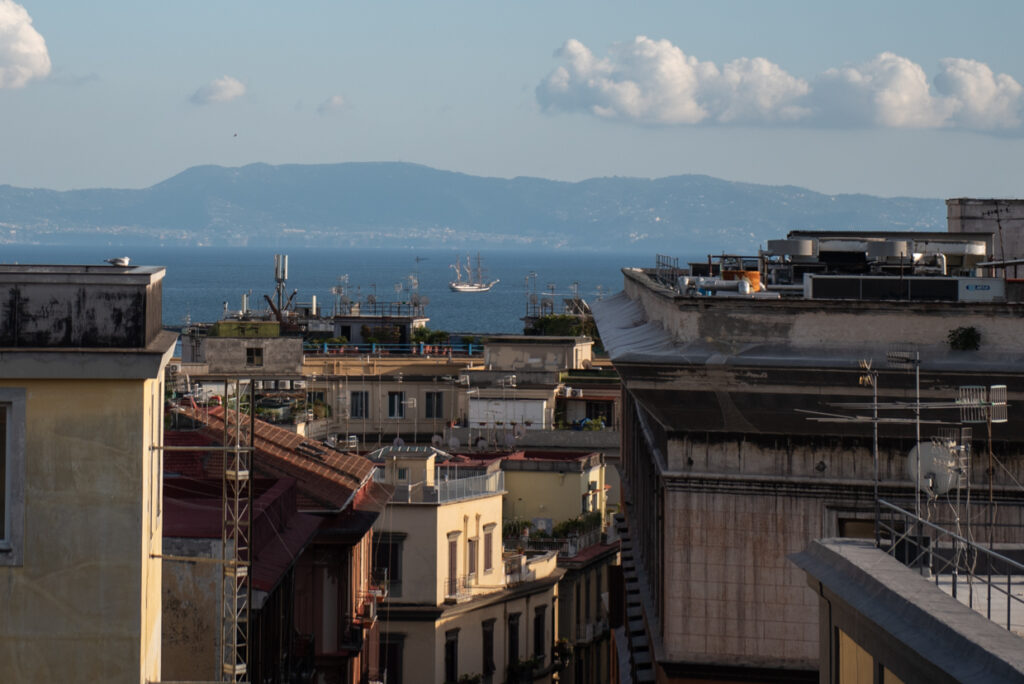
After the Lazzaroni’s defeat, it was the farmers of the surrounding lands that took to arms, or rather took their axes and hoes marched into the city. Their rage and violence was unparalleled, their monikers telling of their brutality: Fra Diavolo (Brother Devil), Sciabolone (Big Sword) and Panzanera (Black Belly) ravaged through the streets. Centuries of oppression erupted in ire like lava flowing from Vesuvius. “Viva Maria!” they screamed as they pillaged through Southern Italy. It was in fact the church, in the person of Cardinal Fabrizio Ruffo, set as vice roy by Ferdinand before he fled, who had managed to bundle the farmers’ hate against the Republicans. Again, fearing for her life, Eleonora withdrew to Castel San Elmo, imploring her French brothers and sisters for help. In vain.
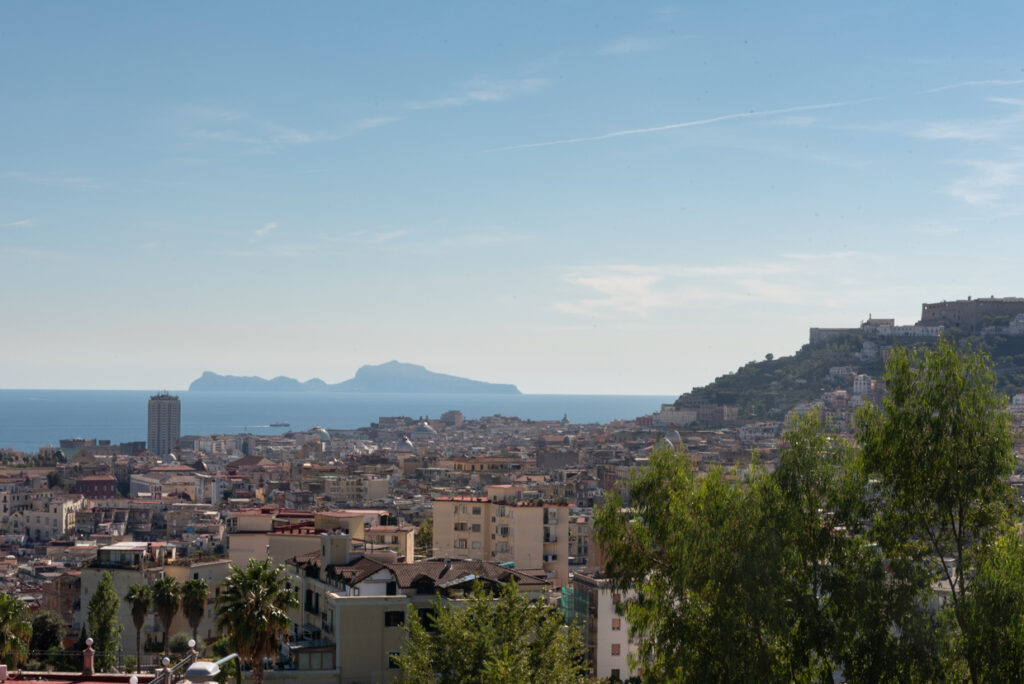
In the dilapidated Royal Palace in Sicily, Maria Carolina learned the news of Cardinale Ruffo’s victory. Yet she was consternated. Why had the Cardinale promised safe conduct to the Republicans when her sister’s death on the guillotine had not yet been revenged? Consumed by hate and rage, she again called on her friends, Admiral Nelson and Lady Hamilton.
Admiral Nelson did a good job. Accompanied by his sweet wife he entered the port of Naples just as Eleonora and the other revolutionaries were waiting to board a ship that would bring them safely to Toulon, as Cardinale Ruffo had promised. Instead, Nelson had them all arrested. Eleonora was condemned to death, and the intellectual scene of the city wiped out.
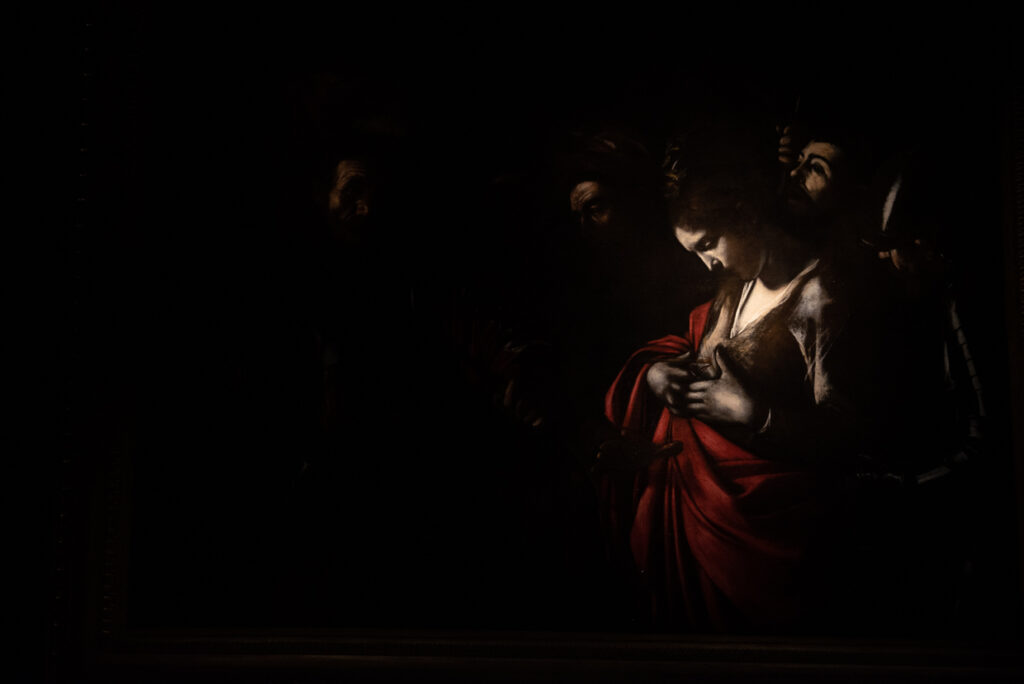
Eleonora Fonseca Pimentel asked to be decapitated, a wish that was not fulfilled. One of 120 revolutionaries condemned to death in the aftermath of the Rebubblica Perthenopea, she was hanged on Market Square on August 20. The lazzaroni were waiting under the scaffolding, ready to peep under her skirt, as not even her most basic wish to tie her legs together with a belt was granted.
“Long Live Carolina, Death to the Jacobina!” They chanted.
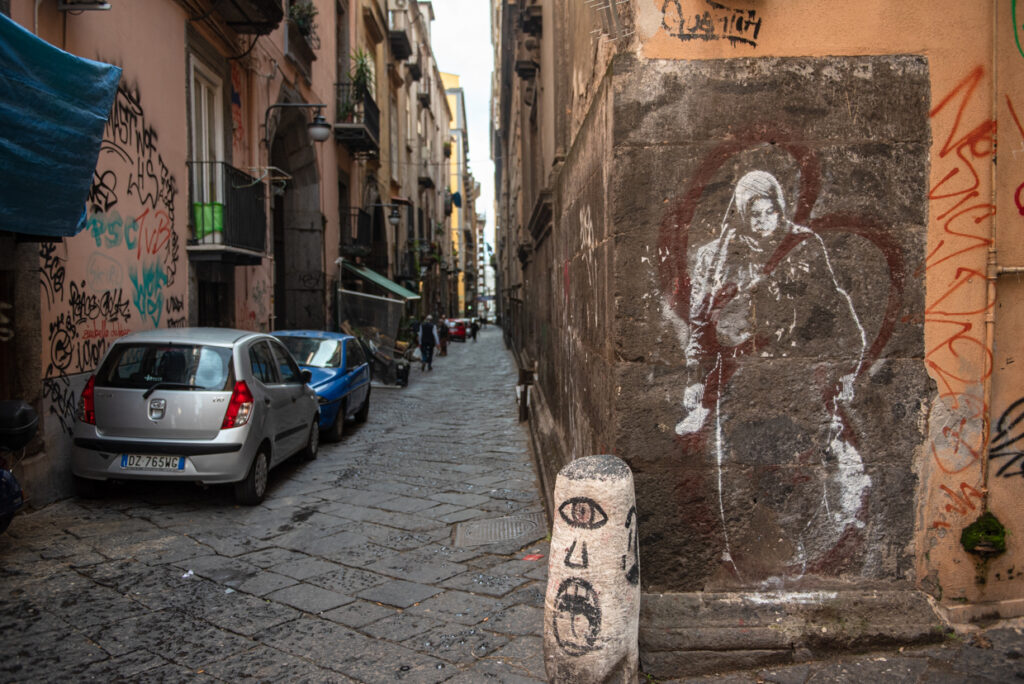
Six years later, in 1806, Maria Carolina had to flee Naples again. Napoleon had defeated the Austrians and crowned himself king of Italy. She travelled to Vienna, where she had to learn that in an effort to appease the French, her own grand daughter Maria Luisa was wed to no one else but Napoleon Bonaparte. Maria Carolina died in Vienna, in 1814, at the age of 64.
Legend has it, that as she stepped on the scaffolding, Eleonora Fonseca Pimentel quoted Virgil, the Roman Roman poet from Naples.
Perhaps one day this will be worth remembering
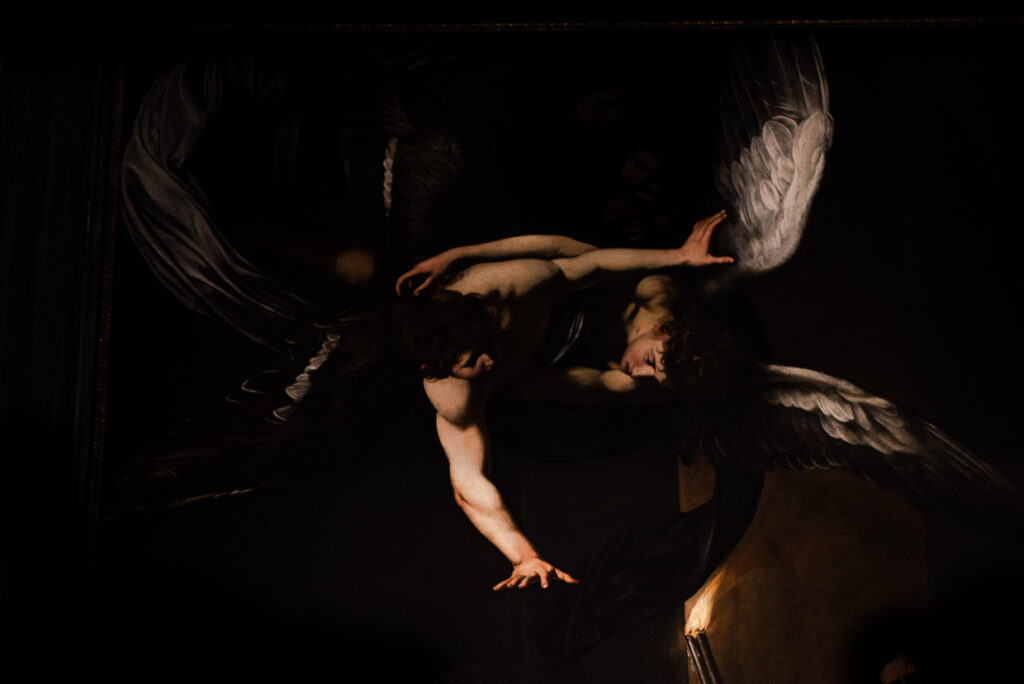

*I was very pleased to find this web-site.I wanted to thanks for your time for this wonderful read!! I definitely enjoying every little bit of it and I have you bookmarked to check out new stuff you blog post.
Thank you so much, Fernanda!